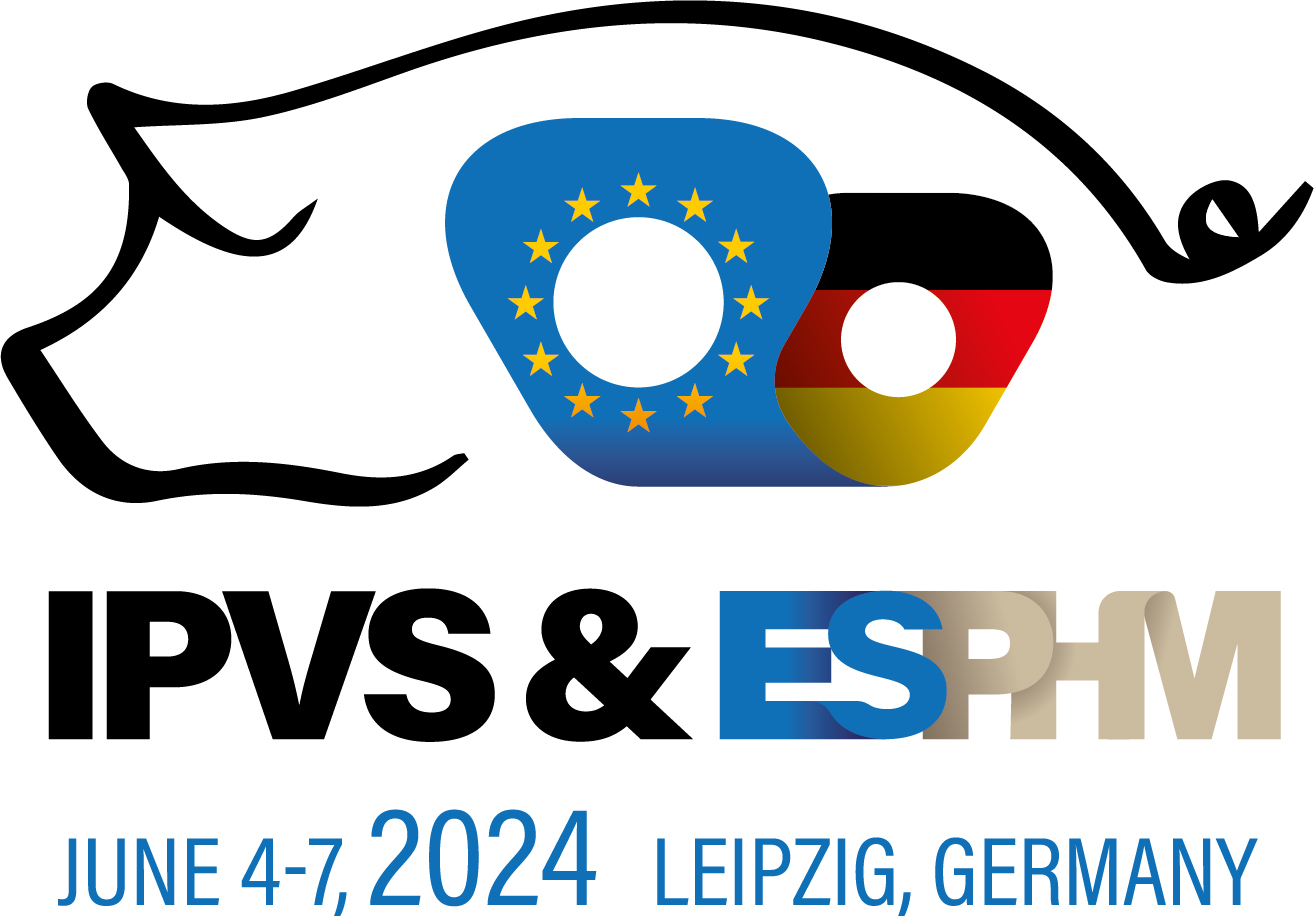
Prof. Stephan Schneider
Nürtingen-Geislingen University
Germany
Biosketch
After training as a farmer, Stephan Schneider studied agriculture at the Weihenstephan University of Applied Sciences. He then worked in the mineral feed industry. He received his doctorate from the Technical University of Munich in 2012 and then worked for 9 years in the field of pig feeding at the Technical Centre for Pig Breeding and Husbandry in Upper Bavaria and as Head of the Pig Feeding Department at the Bavarian State Institute for Agriculture. In 2021, he became Professor of Animal Nutrition at the Nürtingen-Geislingen University of Applied Sciences. There he also manages the two experimental farms and the feed laboratory. He is active in numerous committees in the field of livestock feeding and the associated emissions. His research is currently focused on the climate impact of milk production, the overall environmental impact of livestock farming and mobile housing in the poultry sector. He is regularly invited to speak at congresses and training events organised by companies and farmers.
Abstract
Alternative feed sources and feeding strategies
Feed costs have a significant influence on the profitability of pork production. Whereas in the past pig feeding was dominated by co-products of human food, nowadays feed rations are often cereal-based with soybean meal as primary plant-protein source. As the world’s population and the demand for edible protein increase, the world’s pig meat production will grow. However, pork production must become more sustainable. Availability of cereals and soy products will decrease due to their food competition, alternative feed sources and feeding strategies will be necessary. The so-called “novel feed” includes, for example, seaweeds, mussels, insects, refined plant products such as leaf protein concentrates, … However, these have to be standardized before they can be widely used. The feed value has to be precisely described and the life cycle assessment of the products have to be thoroughly checked beforehand. The use of these products is ultimately determined by their price. Also, the food waste must, in terms of sustainability, be returned to the pig trough after appropriate treatment.
In terms of feeding strategies, there will be on the one hand a high input-high output strategy accomplished through precision livestock farming, which is based on sustainable intensification, maximizing animal protein production efficiency on a limited land surface while minimizing environmental impacts. On the other hand, a reduced input-reduced output strategy based on selecting animals that are more robust to climate change and are better adapted to transform low quality feed (local feeds, feedstuff co-products, food waste) into meat.
